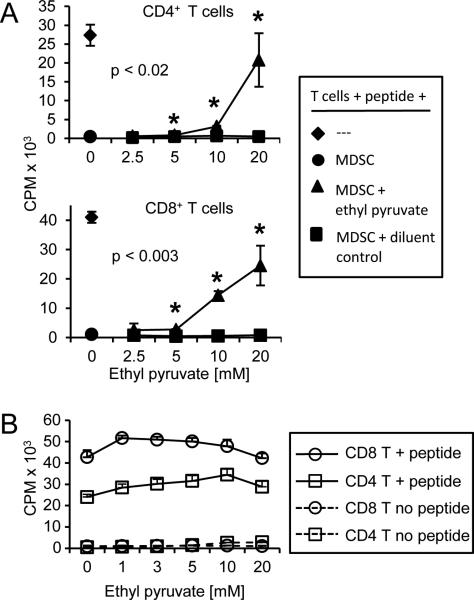Figure 3. HMGB1 contributes to the ability of MDSC to suppress antigen-driven T cell activation.
Splenocytes from CD4+ DO11.10 TcR or CD8+ clone4 TcR transgenic mice were co-cultured with irradiated 4T1-induced MDSC from BALB/c mice and cognate peptide (OVA or HA peptide for DO11.10 and clone 4 T cells, respectively). A, T cell proliferation was measured by [3H]-thymidine incorporation in the presence of titered amounts of ethyl pyruvate or vehicle control. B, Ethyl pyruvate does not directly affect T cell activation. Transgenic DO11.10 and clone4 T cells were activated with cognate peptide in the presence of titered amounts of ethyl pyruvate. Data are from one of two independent experiments. p values were obtained by Student's t test comparing ethyl pyruvate treated samples versus the respective diluent control samples.

